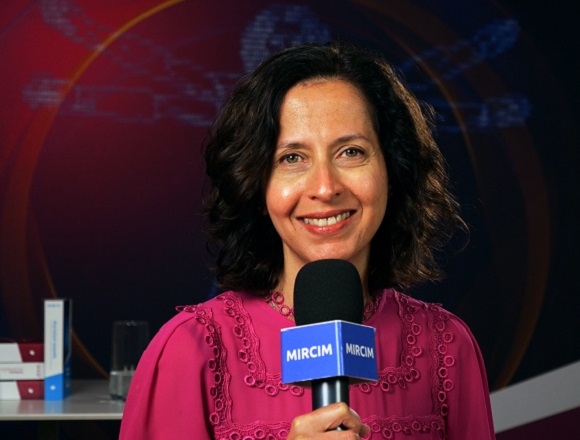James Douketis, MD, is a professor of medicine and the David Braley-Nancy Gordon Chair in Thromboembolic Disease at McMaster University.
Women’s health: How to reconcile venous thromboembolism (VTE), need for prolonged anticoagulation, heavy menstrual bleeding, and iron deficiency anemia?
That’s a very important question, because thrombosis occurs commonly in women of childbearing age. And when we administer anticoagulants to such women, this often exacerbates typical menstrual periods and increases bleeding, and can lead to severe iron deficiency anemia.
How do we approach this situation to minimize this problem? The first thing is that there are some blood thinners or anticoagulants that are less likely to cause or exacerbate menstrual bleeding. What we found is that an agent like rivaroxaban, which is a once-a-day direct oral anticoagulant (DOAC), seems to increase bleeding as compared with a twice-a-day anticoagulant such as apixaban. So that’s one thing that we can do.
The second thing is that if a woman continues to have bleeding and, let’s say, it is not due to causes that are surgical or from uterine myoma, for example, or fibroid, then we can safely administer hormonal therapy to control the bleeding. And this can be either with an estrogen/progestin contraceptive agent or with an implantable intrauterine device that secretes only progesterone. So, there are hormonal methods to control the bleeding. Of course, if they’re on an estrogen, they need to continue the anticoagulant to protect them against recurrent thrombosis.
And finally, of course, we can supplement their treatment with parenteral or oral iron therapy if they become iron deficient.
One thing I would probably avoid, unless it’s in an emergency situation, is the use of tranexamic acid. This is a drug that we use to prevent bleeding or control bleeding, but it may have some prothrombotic effect and we generally want to avoid it in a patient who has had a recent acute thrombosis.
 English
English
 Español
Español
 українська
українська








